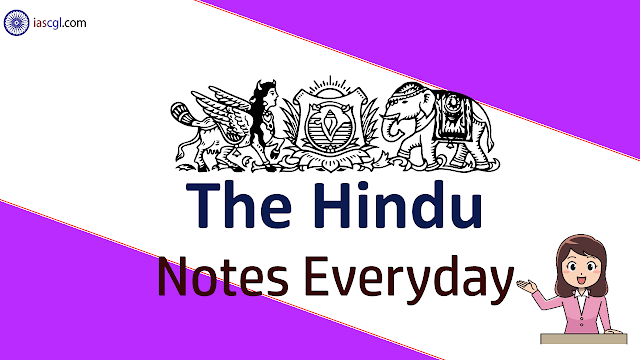Read The Hindu Notes of 19th April 2019 for UPSC Civil Service Examination, State Civil Service Examination and other competitive Examination

- A shameful marker of five years
- Predictable chaos in Libya
- Beijing surprise
- Hard landing
- Is the Election Commission toothless or is it refusing to bite?
- The many roads to development in Chhattisgarh
- A struggle to breathe
A shameful marker of five years
India’s dubious contribution to a global epidemic of hate is a spate of performative mob lynchings
Contours of hate
The environment
Signal of impunity
Predictable chaos in Libya
The Iraqi-Libyan species of intervention, with UN ‘approval’ but under the West’s watch, is a post Cold-War phenomenon
Libya’s descent
Post Cold-War phenomenon
Beijing surprise
The Chinese economy has grown faster than expected, but concerns over stimulus remain
Hard landing
Airlines must take stock of their collective plight and sell seats at the real cost
Is the Election Commission toothless or is it refusing to bite?
On its powers and limitations in conducting free and fair elections
The many roads to development in Chhattisgarh
In the heart of Bastar, which is peaceful only on the surface
A struggle to breathe
In this election season, it is imperative for political parties to talk about pollution


0Comments